-
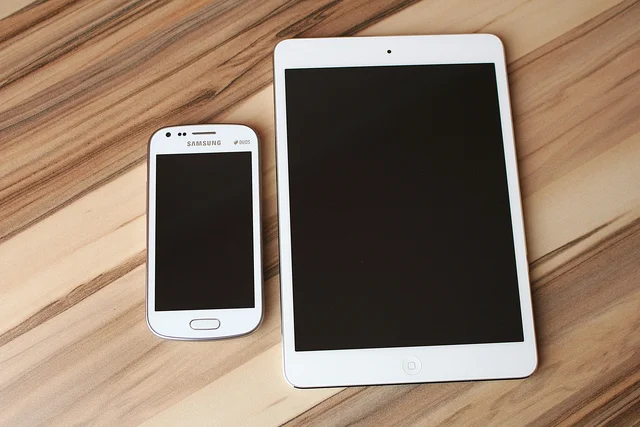 Introduction of the iPad and increased access to smartphones. Some schools began using iPads in classrooms and integrating more digital learning, which later became a part of flipped learning.
Introduction of the iPad and increased access to smartphones. Some schools began using iPads in classrooms and integrating more digital learning, which later became a part of flipped learning. -
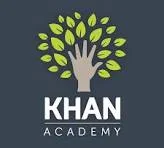 MOOS were a way to offer free and paid courses outside of educational institutions. The rise of platforms like Coursera and Khan Academy gained momentum. MOOS allowed for more learning at home.
MOOS were a way to offer free and paid courses outside of educational institutions. The rise of platforms like Coursera and Khan Academy gained momentum. MOOS allowed for more learning at home. -
 eTextbooks, also called open textbooks, provided a digital version of textbooks that were more affordable and quicker to access. These started becoming a more common way to obtain textbooks.
eTextbooks, also called open textbooks, provided a digital version of textbooks that were more affordable and quicker to access. These started becoming a more common way to obtain textbooks. -
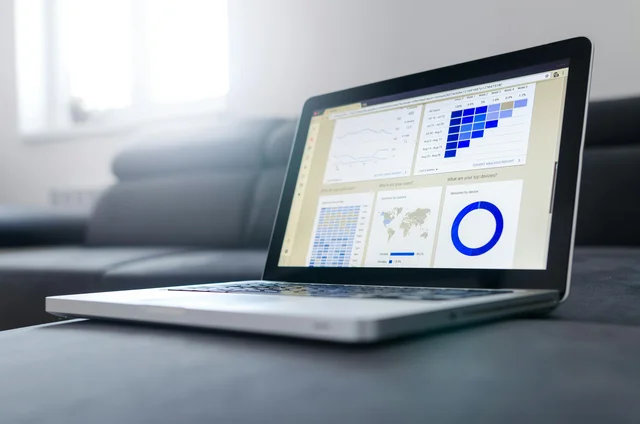 Learning analytics began gaining popularity. Data from LMSs and MOOCs show what's reviewed and interacted with. The data can enable personalization to recommend further learning. Quiz results, interactivity, etc. can be reviewed. Learning analytics began being used as a way to quantify learning experiences. Challenges with learning analytics arise when the data is prioritized over the learner and individual.
Learning analytics began gaining popularity. Data from LMSs and MOOCs show what's reviewed and interacted with. The data can enable personalization to recommend further learning. Quiz results, interactivity, etc. can be reviewed. Learning analytics began being used as a way to quantify learning experiences. Challenges with learning analytics arise when the data is prioritized over the learner and individual. -
 Digital badges became a way to recognize achievements. Whether it was completing a course, an activity, or hitting a milestone, these were used as way to mark achievements. Overall, digital badges have lost their popularity and have not shown to be very effective.
Digital badges became a way to recognize achievements. Whether it was completing a course, an activity, or hitting a milestone, these were used as way to mark achievements. Overall, digital badges have lost their popularity and have not shown to be very effective. -
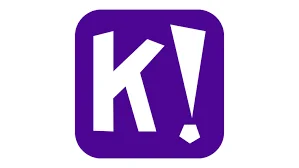 The use of digital games as a means for engagement and interactivity became more popular. Whether it was a tailored game to a lesson or Kahoot!, gamification gained popularity. There is debate as to whether gamification causes problems with motivation for learners. As the competition can demotivate learners.
The use of digital games as a means for engagement and interactivity became more popular. Whether it was a tailored game to a lesson or Kahoot!, gamification gained popularity. There is debate as to whether gamification causes problems with motivation for learners. As the competition can demotivate learners. -
 While the concept of flipped classrooms began in the early 2000s, it wasn't more common until the later 2010s. In flipped classrooms, the students watch lectures to learn about a subject before attending class. Once they are in the class they participate in applied learning activities. This has been beneficial for remote learning situations.
While the concept of flipped classrooms began in the early 2000s, it wasn't more common until the later 2010s. In flipped classrooms, the students watch lectures to learn about a subject before attending class. Once they are in the class they participate in applied learning activities. This has been beneficial for remote learning situations. -
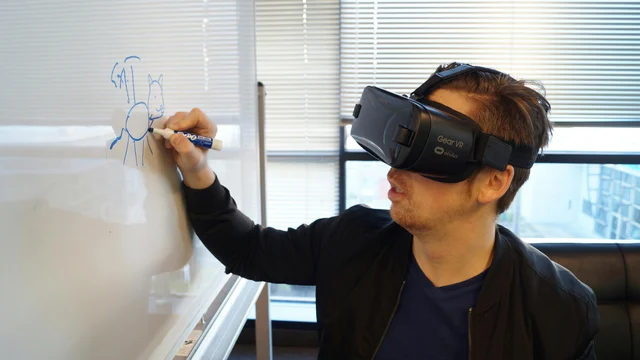 Augmented Reality (AR) and Virtual Reality (VR) gained popularity again. These could be used for games, 3D renderings, prototyping, or a way to experience what was being taught. Challenges with AR and VR are prices and accessibility.
Augmented Reality (AR) and Virtual Reality (VR) gained popularity again. These could be used for games, 3D renderings, prototyping, or a way to experience what was being taught. Challenges with AR and VR are prices and accessibility. -
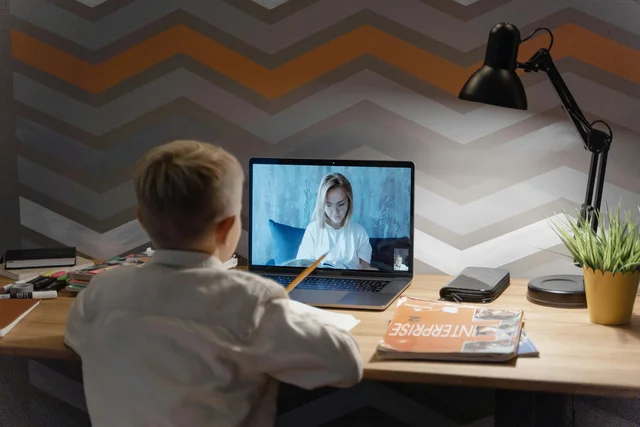 The widespread pandemic forced a quick pivot to remote learning. While this was temporary for most learners, it created many challenges from internet or computer access to challenges with makeshift learning solutions.
The widespread pandemic forced a quick pivot to remote learning. While this was temporary for most learners, it created many challenges from internet or computer access to challenges with makeshift learning solutions.